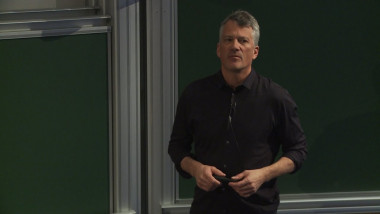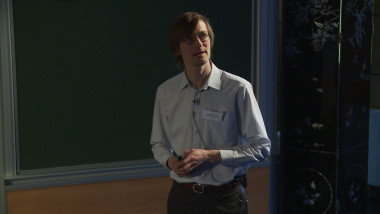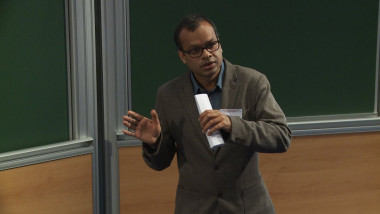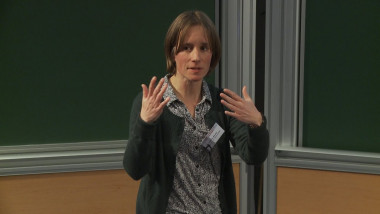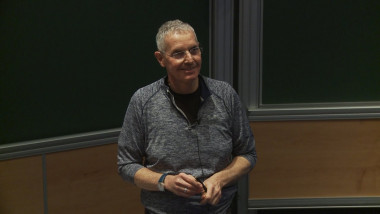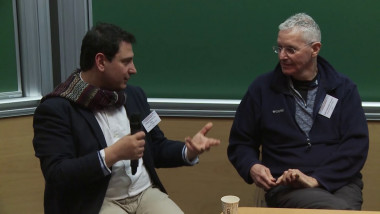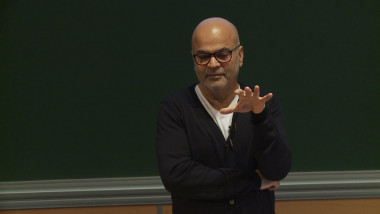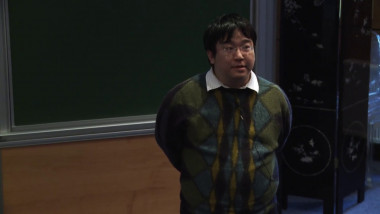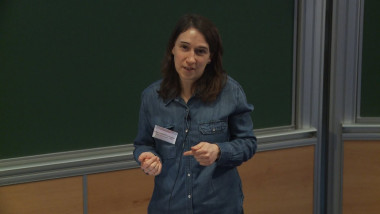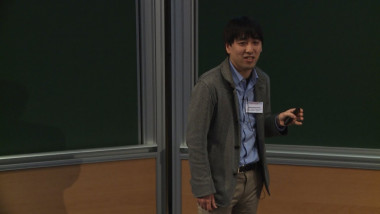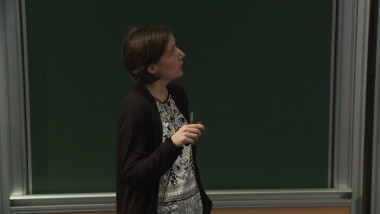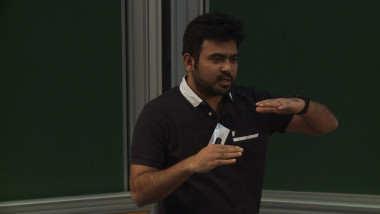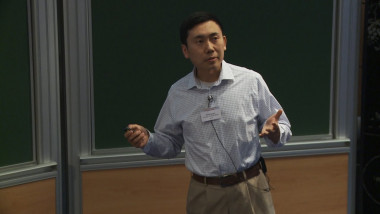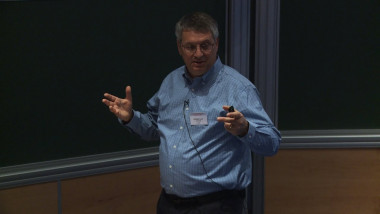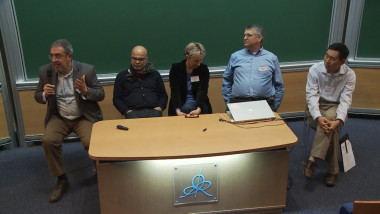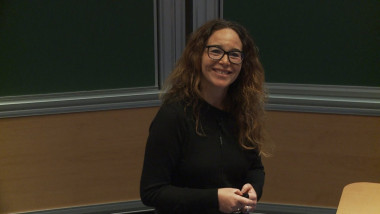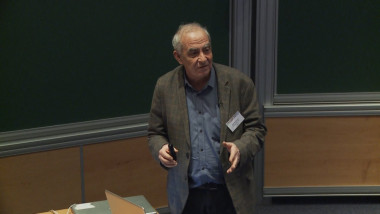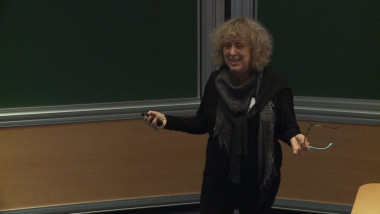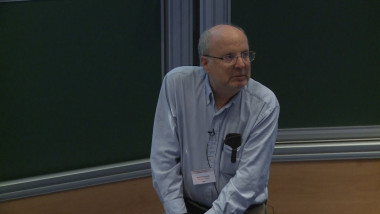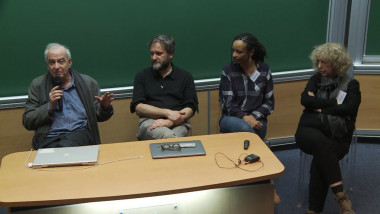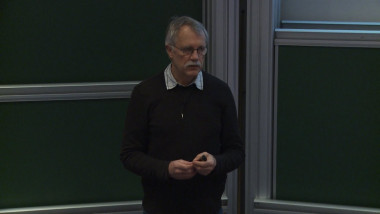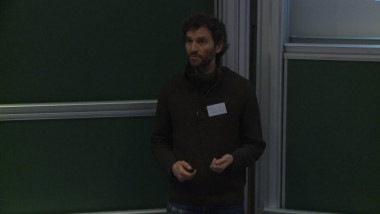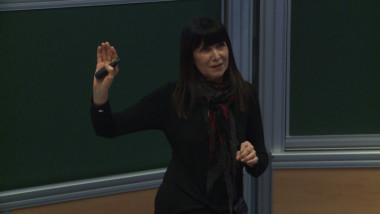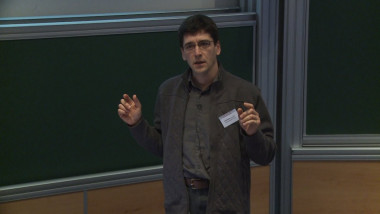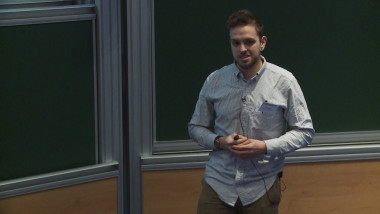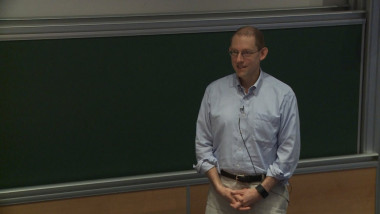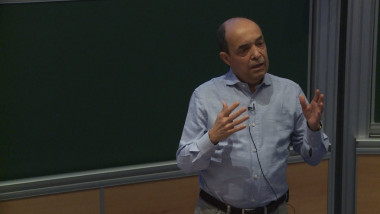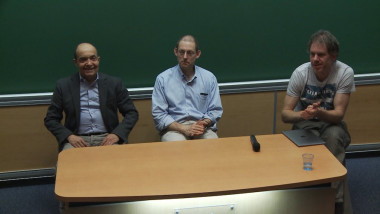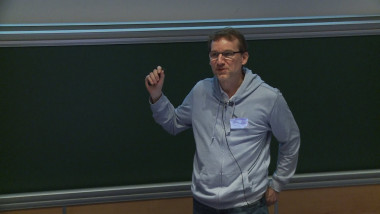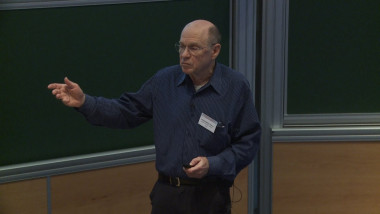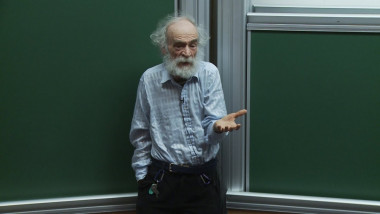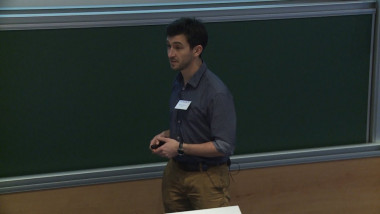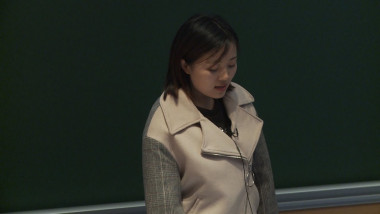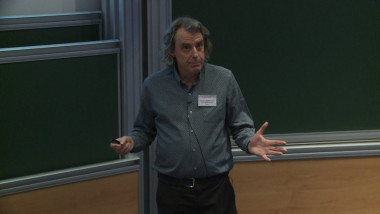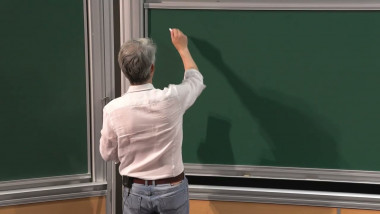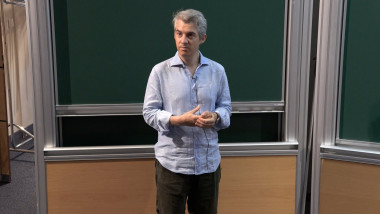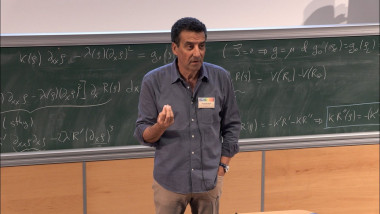From gene identification to gene therapy trial in 20 years: the Choroideremia example
The pace of medical progress since the mid-twentieth century has been astonishing. Here we will provide a personal overview to one such achievement. The case in question is a rare X-linked inherited retinal degeneration called Choroideremia (CHM), whose gene was among the first genes cloned using positional cloning techniques in 1990. The function of this gene in cell physiology was discovered only two years later, and this was due to the power of the (then nascent) gene/protein databases. The sequence of the CHM gene matched that of a protein called Rab Escort Protein because it functions on the lipid modification and activation of an important class of cellular GTPases, the Rab family, regulators of membrane traffic. Much work since led to the idea that Choroideremia is a disease of intracellular membrane traffic. The loss of the CHM protein REP1 is partially compensated by REP2, a related gene. However selected Rab GTPases are not efficiently acted upon by REP2 and therefore their function in membrane traffic events is missing. The combined deficiencies of multiple Rabs lead over time to significant defects in cellular physiology (premature ageing?) and eventually cell death. Surprisingly, the molecular phenotype of CHM is expressed in all cells but the phenotype is restricted to the retina. A convincing explanation for this fact remains to be had. Development of murine models of CHM using conditional knock-out techniques allowed for the generation of mice with CHM disease restricted to one layer of the retina and therefore allowed study the importance of the two critical cell layers in the retina, the photoreceptors and the retinal pigment epithelium. The disease manifests itself in each diseased layer but pigment epithelium disease accelerates photoreceptor degeneration. The availability of mouse models and a very good understanding of the function of the gene allowed for preclinical gene therapy studies to proceed, using various vectors. Studies with AAV2 eventually provided proof-of-concept evidence to support the design of a phase 1clinical trial, whose first encouraging results were published in early 2014. That study was recently completed encompassing a 2-year follow-up of 12 patients. Several phase II/III are now underway. It is not too farfetched to predict that gene therapy could be a general treatment for CHM in the next 2-3 years.












